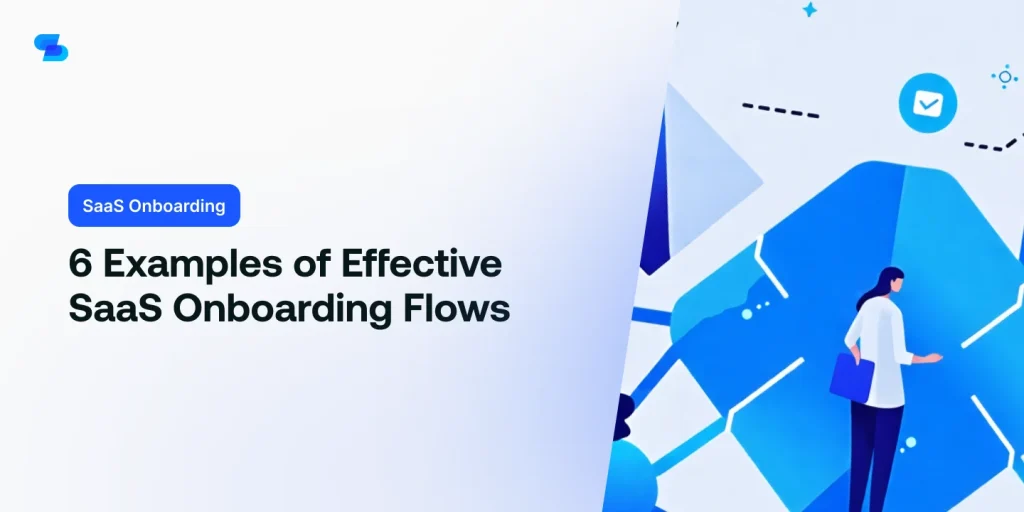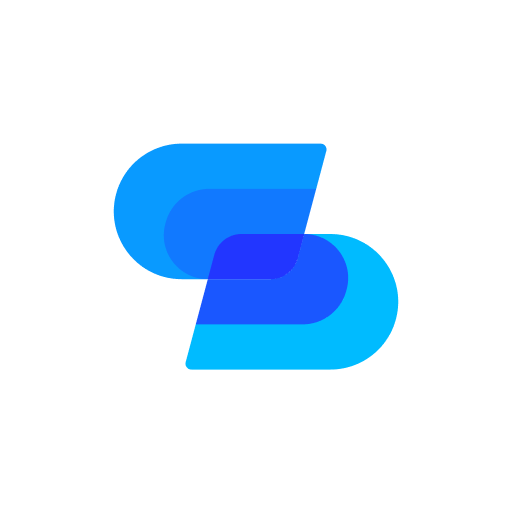As you endeavor to create a seamless onboarding experience for your SaaS users, you’re likely wondering what sets the industry leaders apart. You’re not alone in recognizing the vital role effective onboarding plays in user retention and satisfaction. From Notion’s centralized resources to Calendly’s interactive walkthroughs, HubSpot’s personalized paths, Wistia’s engaging tutorials, Dropbox’s simplified setup, and Trello’s structured approach, there are many successful strategies to explore. But which ones will resonate with your users? Let’s take a closer look at these six examples to uncover the secrets behind their success.
Streamlined Setup With Notion
By integrating Notion into your SaaS onboarding flow, you can create a streamlined setup process that empowers users to get started quickly and efficiently. This collaboration tool allows you to create a centralized hub for onboarding, where users can access all the necessary resources and information in one place. You can design a custom Notion page that guides users through the setup process, providing clear instructions and interactive elements to keep them engaged.
As users progress through the onboarding flow, you can use Notion’s block-based structure to break down complex tasks into manageable chunks. This makes it easier for users to understand and complete each step, reducing friction and frustration.
Additionally, Notion’s real-time collaboration features enable you to provide personalized support and feedback to users as they navigate the setup process. By leveraging Notion’s flexibility and customization capabilities, you can create a tailored onboarding experience that meets the unique needs of your users, resulting in higher adoption rates and faster time-to-value.
Guided Tour by Calendly
You can further optimize your SaaS onboarding flow by incorporating Calendly’s guided tour feature, which enables you to craft a step-by-step walkthrough of your application that users can follow at their own pace.
This interactive approach helps users familiarize themselves with your tool, reducing friction and increasing the chances of successful onboarding. By breaking down the onboarding process into manageable chunks, you can guarantee that users understand each feature and its benefits before moving on to the next step.
To create an effective guided tour, start by identifying the most critical features and functionality that users need to grasp to get started.
Then, design a series of interactive steps that demonstrate each feature in a logical order. Use clear and concise language, and consider adding visual cues, such as tooltips or hotspots, to draw attention to key elements.
Personalized Paths at HubSpot
Tailor your SaaS onboarding flow to each user’s unique needs and preferences with HubSpot’s personalized paths, which dynamically adapt to individual user behaviors and goals.
By leveraging user data and behavior, you can create a customized onboarding experience that caters to each user’s specific requirements. This approach helps to reduce friction, increase engagement, and ultimately drive user adoption.
To get started, you’ll need to identify key user personas and their corresponding goals. Then, create tailored paths that guide users through the onboarding process, providing relevant content and tasks that address their specific needs.
HubSpot’s platform allows you to set up conditional logic, enabling you to create multiple paths that adapt to user behavior in real-time. This guarantees that users receive a seamless, personalized experience that meets their unique requirements.
Interactive Onboarding With Wistia
Take your SaaS onboarding flow to the next level with Wistia’s interactive onboarding, which transforms passive viewing into an engaging, hands-on experience that drives user participation and understanding.
You’ll create a tailored experience that resonates with your users, making them more likely to adopt your product and achieve their goals.
Wistia’s interactive onboarding flow is designed to break the ice and get users comfortable with your platform from the get-go.
You can craft interactive tutorials, quizzes, and challenges that guide users through key features and functionalities.
By doing so, you’ll reduce friction, increase engagement, and cut down on support queries.
Plus, Wistia’s built-in analytics will provide you with valuable insights into user behavior, helping you refine your onboarding strategy and optimize the user experience.
To get the most out of Wistia’s interactive onboarding, focus on creating bite-sized, easily digestible content that’s concise and to the point.
Use clear, concise language and visuals that resonate with your target audience.
Seamless Account Setup by Dropbox
By streamlining the account setup process, Dropbox eliminates friction and gets users up and running with their cloud storage solution in no time, setting them on the path to seamless collaboration and productivity.
You’re prompted to create a username and password, then you’re asked to add your name and email address. That’s it! The entire process takes less than a minute, and you’re rewarded with a clear and concise dashboard that showcases your available storage space and file uploads.
What’s impressive about Dropbox’s onboarding flow is its simplicity and speed. You’re not bogged down with unnecessary questions or asked to provide excessive information. The focus is on getting you started quickly, so you can start exploring the platform’s features and benefits.
As you navigate the dashboard, you’ll notice interactive tooltips that provide helpful hints and tips, further enhancing your onboarding experience. By making the account setup process so seamless, Dropbox sets the tone for a positive and engaging user experience, encouraging you to explore the platform’s full range of features and capabilities.
Step-By-Step Success With Trello
When you’re getting started with Trello, you’ll want to set up your boards in a way that makes sense for your workflow.
You’ll appreciate how easily you can create and organize boards, lists, and cards to fit your specific needs.
With customized workflow options, you’ll be able to tailor your Trello experience to maximize your productivity.
Set Up Boards Easily
You can set up boards in Trello with ease by following a simple, structured approach that guarantees you’re creating a tailored space for your projects and tasks.
Start by clicking the ‘Create a Board’ button and giving your board a name that reflects its purpose.
Next, add lists to organize your tasks and projects into clear categories. You can create lists for different stages, such as ‘To-Do,’ ‘In Progress,’ and ‘Done.’
Then, add cards to each list to break down larger tasks into smaller, actionable items. Make sure to include relevant details, such as due dates, attachments, and assignments, to keep your team on the same page.
Finally, customize your board’s appearance by adding labels, stickers, or colors to make it visually appealing and easy to navigate.
Customized Workflow Options
Now that you’ve set up your board, it’s time to tailor it to your team’s unique workflow by exploring Trello’s customized workflow options.
You can create custom lists to represent different stages of your workflow, such as ‘To-Do,’ ‘In Progress,’ and ‘Done.’ You can also add custom fields to capture specific information about each task, like due dates, priorities, or assignments.
Trello’s Power-Ups allow you to integrate third-party tools and services into your board, further customizing your workflow.
For example, you can use the Google Drive Power-Up to attach files directly to cards or the Calendar Power-Up to visualize your tasks on a calendar. You can also create custom card buttons to automate repetitive tasks, such as moving cards across lists or adding labels.
To Wrap Up
You’ve just explored six SaaS onboarding flows that set users up for success.
From Notion’s centralized resources to Trello’s structured approach, each example showcases a unique strategy for effective onboarding.
By streamlining setup, offering guided tours, personalizing paths, and making interactions engaging, these SaaS companies have cracked the code on user retention and satisfaction.
Now, it’s your turn to apply these lessons to your own onboarding flow and watch your user base thrive.

